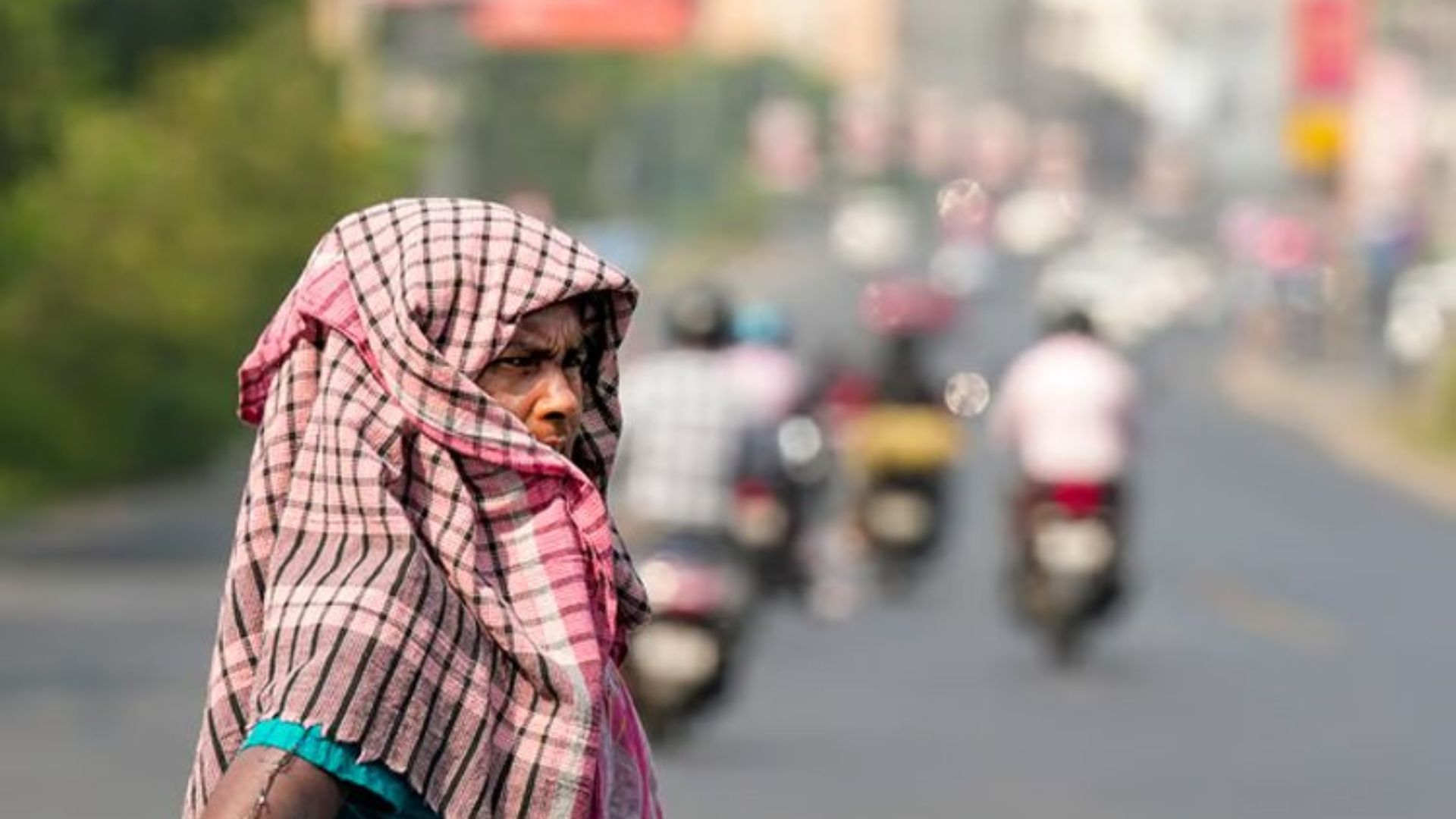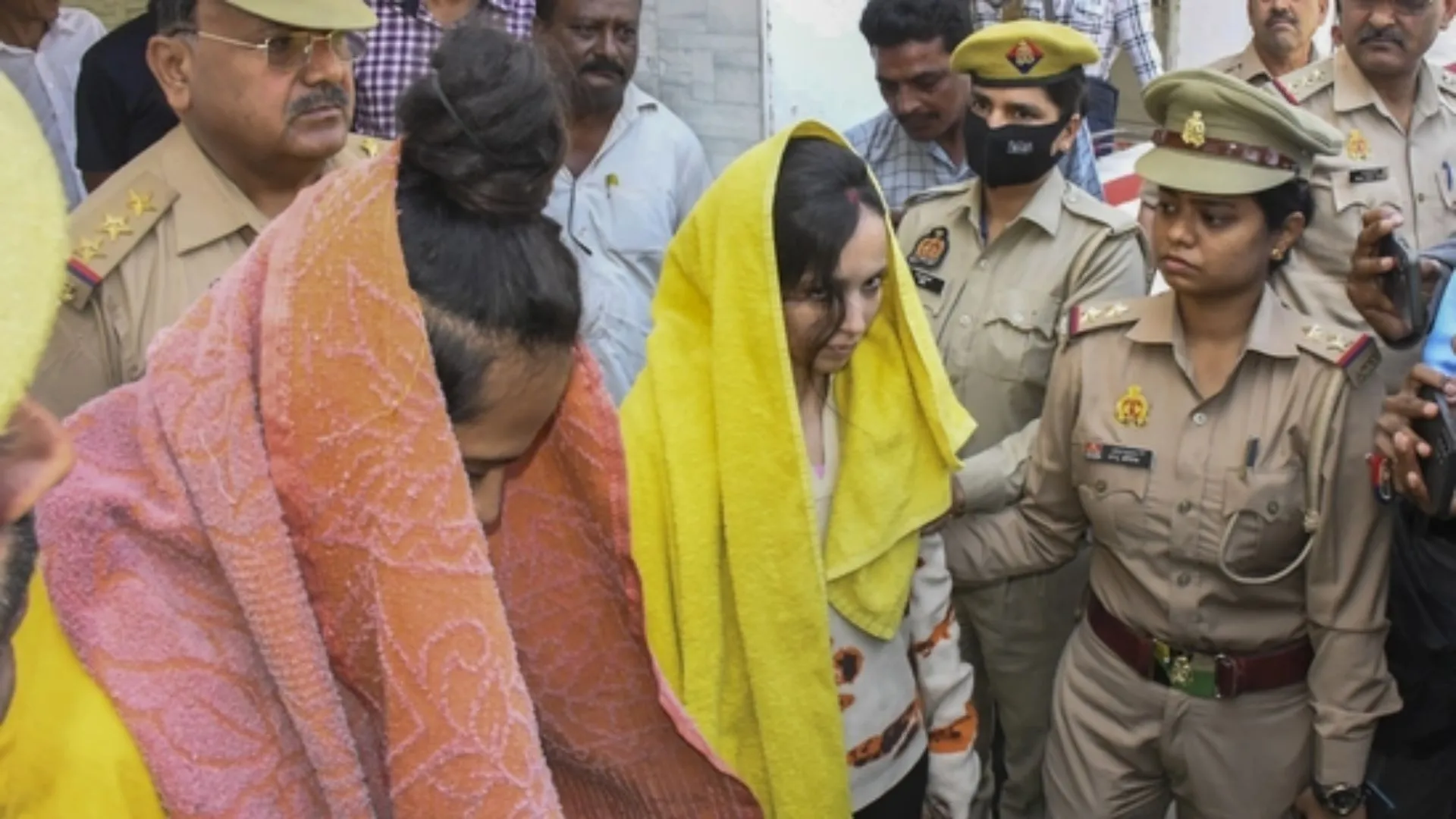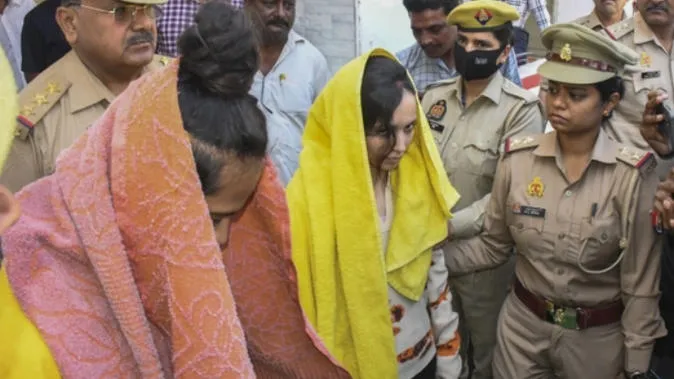The Indian Meteorological Department (IMD) has issued a red alert for heatwaves in Delhi, Punjab, Haryana, and most parts of Western Rajasthan, effective from Sunday, May 19. This alert signifies that a severe heatwave has persisted for more than two days, with extreme temperatures expected to last for five days.
Understanding Heatwave Alerts
A heatwave, as defined by the IMD, is a condition where air temperature reaches levels that can be fatal to humans. For plains, a heatwave is declared when temperatures reach at least 40°C, while for hilly regions, it is 30°C or more. Coastal areas see a heatwave alert when temperatures hit 37°C or higher.
A severe heatwave occurs when temperatures exceed the normal range of 4.5°C to 6.4°C. If the rise is more than 6.4°C above normal, the situation is classified as an extreme heatwave. May is typically the peak month for such conditions in India.
Heatwave Impact and Regions Affected
The current heatwave has pushed temperatures in Delhi, Chandigarh, and other major cities in the affected states to around and above 44°C. These extreme temperatures increase the risk of heat illness and heat stroke, especially among vulnerable groups such as the elderly, infants, and those with chronic illnesses. The Chandigarh administration is considering measures such as early school closures to protect students.
Heatwaves commonly impact regions including Punjab, Haryana, Delhi, Uttar Pradesh, Bihar, Jharkhand, West Bengal, Odisha, Madhya Pradesh, Rajasthan, Gujarat, parts of Maharashtra, Karnataka, Andhra Pradesh, and Telangana. Occasionally, Tamil Nadu and Kerala also experience heatwaves. Rajasthan and the Vidarbha region often see temperatures soaring above 45°C in May.
Precautions and Safety Measures
To mitigate the effects of heatwaves, the National Disaster Management Authority (NDMA) recommends the following precautions:
- Stay Indoors: Avoid going out in the sun, especially between noon and 3 pm.
- Protection: If you must work outside, use a hat or umbrella and apply a damp cloth to your head, neck, face, and limbs.
- Hydration: Drink plenty of water regularly, even if you do not feel thirsty.
The Role of Climate Change
A report from Climate Central, a US-based group of climate scientists, indicates that human-caused climate change has significantly increased the likelihood of intense heat events. According to the World Health Organization, over 166,000 people died from heatwaves between 1998 and 2017, highlighting the severe impact of these extreme weather conditions.
Conclusion
The IMD’s red alert underscores the urgent need for preparedness and caution during extreme heat conditions. By taking the recommended precautions, individuals can protect themselves and reduce the risk of heat-related illnesses.









